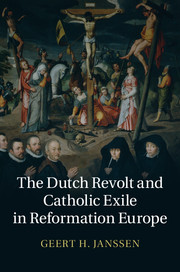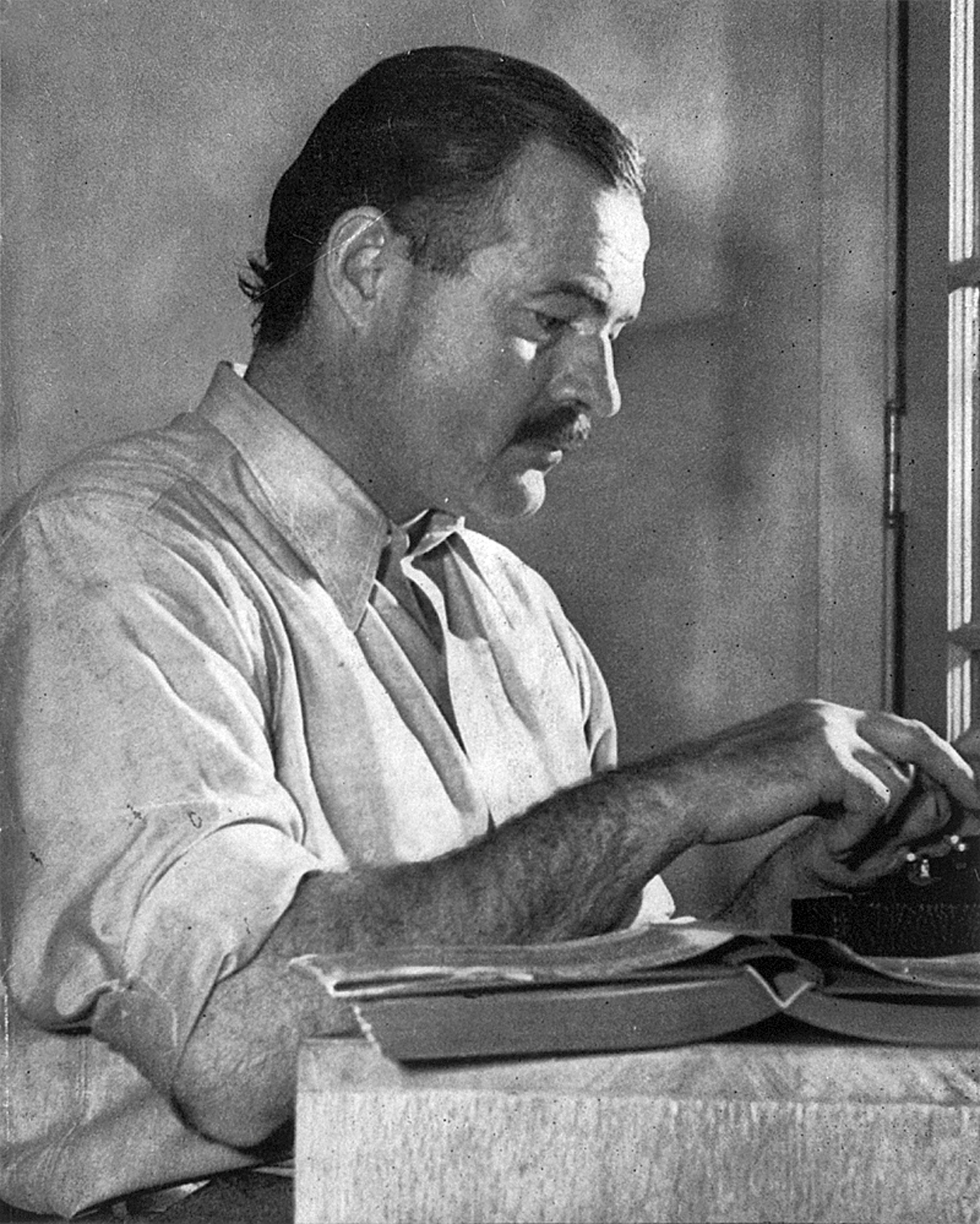Synopsis: The reality of war, in any period, is its totality. Warfare affects everyone in a society. Here, for the first time, is a comprehensive analysis of eleventh century warfare as exposed in the record of the Norman Conquest of England. King William I experienced a lifetime of conflict on and off so many battlefields.
In English Collusion and the Norman Conquest, Arthur Wright's second book on the Norman Conquest, he argues that this monarch has received an undeserved reputation bestowed on him by clerics ignorant alike of warfare, politics, economics and of the secular world, men writing half a century after events reported to them by doubtful sources. How much of this popular legend was actually created by an avaricious Church?
Was he just a lucky, brutal soldier, or was he instead a gifted English King who could meld cultures and talents? This is a tale of blood, deceit, ambition and power politics which pieces together the self-interested distortion of events, brutalizing conflict and superb strategic acumen by using and analyzing contemporary evidence the like of which is not to be found elsewhere in Europe.
By 1072 King William should have been secure upon the English throne, so what went wrong? How did a Norman Duke and a few thousand mercenaries take and hold such a wealthy and populous Kingdom? Even in the 'Harrowing of the North', which probably saw the death of tens of thousands, who was really to blame and why did it happen?
Definition of collusion: the secret or illegal cooperation or conspiracy in order to deceive others.
I chose this book for two reasons: one being that I have a huge interest in this period and as such I am more than familiar with the events (before, during and after), the main players and the various pro and anti sentiments; and secondly, I had read the author's previous work -
Decoding the Bayeux Tapestry.
To say that I was a little baffled would be an under-statement. What I thought I would be getting was an in-depth study on the type of aid William received from the English Anglo-Saxons or anyone else in his efforts to mount and maintain what is known today as the Norman Conquest.
What I feel I actually got was something quite different. This is essentially a work on the feudalism and nationhood and its varying interpretations and applications; a commentary on the character of William (including his military acumen); and detailed account of the invasion and the economy. It was - for me - also accompanied by a headache!
As someone who has read extensively on this subject, and considers herself to have a rather developed vocabulary, I found myself confused as to the points being made and constantly reaching for the dictionary or google word search to understand what was actually being said. In the past, based on sentence structure alone, I could usually work out what an unfamiliar word or phrase meant. In addition, I felt the tone to be rather condescending; the commentary often rambling, confusing and glib, peppered with conjecture and speculation; and a prevalent disdain for any previous research conducted by past historians.
The chapter "Overview" pretty much summed up the tome - but I was at a loss as to why it was marked as chapter 10 (at page 140) - this should have been at the front and could easily have replaced all the previous chapters.
Let me save you all the time and provide you with a summary:
.... the Normans are not super-heroes; English resistance to William was a fantasy; all rebellion boils down to money; no-one at this time swore an oath of loyalty to a King but only to his immediate lord; the was no such thing as feudalism or nationhood; and unity came down to taxation ...
What was very disappointing was that there was no real discussion as to the exact nature of this "collusion" by the local populace to the invasion, nor were there any real examples given in support. I mean, this is why I requested the title in the first place - I have enough background to want to narrow down and explore specific and diverse subject matters that tie in with the main theme. I wanted to know who did the colluding, how they did it, what was their motivation for doing so, and what were the results and consequences, not only for themselves but for the country as a whole.

Wright states that much of his conclusions are based upon his own research which is set apart from the "speculated history in the accepted history books". In fact, from what I can ascertain in the notes section, a great deal of the sources quoted are the author's own. I am all for looking at different angles and proposing contradictory opinions on subject matters, but it does need to not only be well-argued but well-sourced. Convince me, present me with a plausable alternative, plant a seed that will lead me off to explore and research further!
I am not sure who the target audience is for this particular book, but it is certainly not for those just dipping their toes into this specific period and set of events, or even someone with a modicum of knowledge. In fact, I would be very interested in the opinions of others with regards to this work.


























